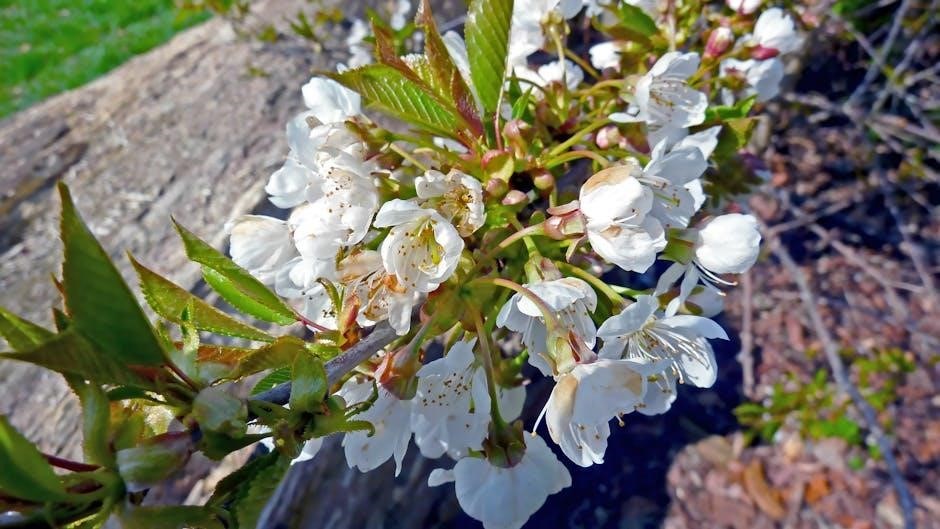Welcome to the Great Plant Guide, your ultimate resource for exploring the diverse world of plants․ Discover essential tips, propagation methods, and the countless benefits plants bring to our lives․
Purpose of the Guide

The Great Plant Guide is designed to serve as a comprehensive and accessible resource for anyone interested in plants․ Whether you’re a seasoned gardener or a curious beginner, this guide aims to provide practical advice, inspiration, and knowledge to help you understand and appreciate the world of plants․ By covering topics such as plant care, propagation, and the benefits of plants, the guide seeks to empower readers to create thriving gardens and indoor spaces․ The goal is to make plant cultivation approachable, highlighting the importance of sustainability and the joy of nurturing living organisms․ Through clear, concise information, the Great Plant Guide hopes to inspire a deeper connection between people and plants, fostering a greener and healthier lifestyle for all․
Importance of Plants in Our Lives
Plants are the cornerstone of life on Earth, providing oxygen, food, and habitat for countless species․ They play a vital role in maintaining ecosystems, purifying air, and supporting biodiversity․ Beyond their ecological significance, plants enrich our daily lives by enhancing mental well-being, improving air quality, and offering aesthetic beauty․ Whether through the tranquility of a garden or the vibrancy of indoor greenery, plants foster a sense of connection to nature․ Their versatility extends to medicine, nutrition, and even crafting, making them indispensable to human existence․ Understanding and appreciating plants not only benefits the environment but also enriches our personal and collective well-being․ This guide celebrates the multifaceted role of plants, encouraging everyone to embrace their importance in creating a healthier, more sustainable world․
Types of Plants
Plants come in various forms, each serving unique purposes․ Houseplants brighten indoor spaces, outdoor plants enhance landscapes, and edible plants provide sustenance․ Their diversity enriches our lives in countless ways․
Houseplants
Houseplants are a wonderful way to bring nature indoors, enhancing the beauty and air quality of your home․ They are perfect for indoor spaces, offering a natural touch and purifying the air․ Popular species like snake plants, spider plants, and peace lilies are known for their low-maintenance requirements and aesthetic appeal․ Many houseplants thrive in low-light conditions, making them ideal for rooms with limited sunlight․ They also contribute to mental well-being by creating a calming environment․ Whether you’re a seasoned gardener or a beginner, houseplants are an excellent choice for adding life and freshness to your interior spaces․ Their versatility allows them to fit seamlessly into any decor, from modern to traditional settings․
- Low-maintenance options like succulents and cacti are great for busy individuals․
- Ferns and ivy add a lush, green texture to shelves and hanging baskets․
- Flowering houseplants, such as African violets, bring vibrant colors indoors․
Houseplants are not just decorative; they also promote a sense of connection to nature, fostering a healthier lifestyle indoors․
Outdoor Plants
Outdoor plants are a fantastic way to enhance your garden, patio, or yard, adding beauty and life to open spaces․ They play a crucial role in improving air quality and supporting local wildlife․ Whether you prefer vibrant flowering plants, sturdy shrubs, or towering trees, outdoor plants offer endless possibilities for creating a stunning landscape․ They provide shade, color, and structure, transforming any outdoor area into a welcoming retreat․ Choose plants that thrive in your local climate and soil type to ensure they flourish․ Regular maintenance, such as pruning and watering, keeps them healthy and vibrant․ Outdoor plants also attract pollinators like bees and butterflies, promoting biodiversity․ They are a sustainable way to beautify your surroundings while contributing to a healthier environment․
- Flowering plants like roses and sunflowers add vibrant colors to gardens․
- Shrubs, such as lavender and boxwood, offer structure and fragrance․
- Trees provide shade and serve as habitats for wildlife․
Outdoor plants are a timeless choice for creating a beautiful and functional outdoor space that evolves with the seasons․
Edible Plants
Edible plants are a delightful way to combine gardening with culinary delights, offering fresh, nutritious produce right in your own space․ These plants include vegetables, herbs, and fruits, each providing unique flavors and nutritional benefits․ Growing edible plants allows you to enjoy seasonal harvests, experiment with new recipes, and reduce reliance on store-bought produce․ Herbs like basil, mint, and rosemary add fresh flavors to dishes, while vegetables such as tomatoes, lettuce, and carrots provide crisp, healthy ingredients․ Fruit-bearing plants like strawberries and raspberries offer sweet treats․ Edible plants are also a great way to teach children about sustainability and the joy of growing their own food․ With proper care, they can thrive in gardens, containers, or even indoor spaces, making them a versatile and rewarding choice for any gardener․
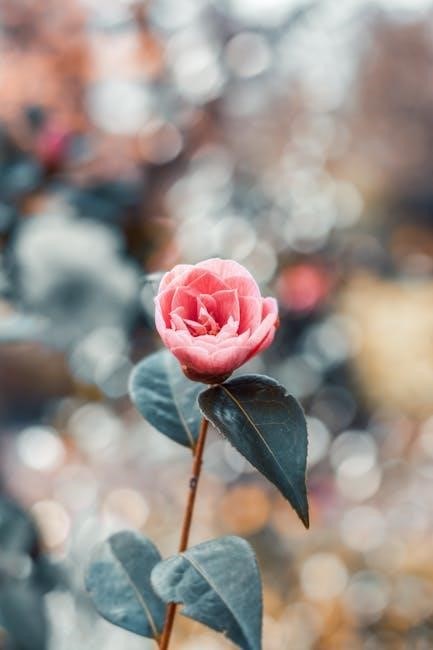
- Vegetables: Tomatoes, carrots, and leafy greens are popular choices․
- Herbs: Basil, mint, and rosemary are easy to grow and versatile in cooking․
- Fruits: Strawberries, raspberries, and citrus trees provide delicious harvests․
Edible plants bring the garden to your table, offering fresh, wholesome ingredients year-round․
Plant Care Essentials
Welcome to Plant Care Essentials, where we cover the fundamentals of nurturing your plants․ Proper soil, watering, light, and nutrients are vital for healthy growth and flourishing plants․
Soil and Composting
Soil is the foundation of plant growth, providing essential nutrients, water, and support․ High-quality soil with proper drainage and pH balance ensures healthy root development․ Composting enriches soil by breaking down organic matter into a nutrient-rich amendment․ Common compost materials include kitchen scraps, leaves, and grass clippings․ Avoid adding meat, dairy, and pet waste to prevent odors and pests․ Regularly aerating the compost pile speeds up decomposition․ Incorporating compost into soil improves its structure, fertility, and water-holding capacity․ This natural process reduces waste and creates a sustainable gardening practice․ Healthy soil and composting are vital for thriving plants, whether you’re growing houseplants, outdoor gardens, or edible crops․ By mastering these techniques, you’ll create a nurturing environment for your plants to flourish․

Watering Techniques
Proper watering is crucial for plant health, as it directly impacts growth and survival․ Overwatering can lead to root rot, while underwatering may cause stress․ The best approach varies by plant species, soil type, and climate․ Water thoroughly until moisture reaches the roots, then allow the soil to dry slightly between waterings․ Use watering cans or soaker hoses for efficient delivery․ Avoid overhead watering to prevent fungal diseases․ Check soil moisture by inserting a finger or stick into the soil․ Water in the morning or evening to minimize evaporation․ Signs of overwatering include yellowing leaves, while wilted leaves indicate underwatering․ Adjust frequency based on seasonal changes and plant needs․ Consistent, balanced watering ensures robust growth and vibrant health for all plants․
Light Requirements
Light is a critical factor in plant growth, influencing photosynthesis, color, and overall health․ Plants vary widely in their light needs, ranging from full sun to deep shade․ Direct sunlight is ideal for plants like succulents and tomatoes, while ferns and peace lilies thrive in indirect or low light․ Assessing the specific light requirements of your plants ensures optimal growth․ Placing plants near windows or using grow lights can supplement natural light in low-light spaces․ Rotate plants regularly to maintain even growth and prevent leaning․ Be mindful of seasonal changes, as light intensity varies throughout the year․ Understanding and meeting your plants’ light needs helps prevent issues like discoloration or stretching․ Proper lighting creates a balanced environment for your plants to flourish․
Nutrients and Fertilizers
Nutrients are essential for plant growth, providing the building blocks for healthy development․ Key macronutrients include nitrogen, phosphorus, and potassium, which support leaf growth, flower production, and overall plant strength․ Micronutrients like iron, zinc, and magnesium also play vital roles in photosynthesis and enzyme function․ Fertilizers supply these nutrients, available in organic forms like compost or manure, or synthetic options such as chemical-based formulas․ The type and frequency of fertilization depend on the plant species, soil quality, and growth stage․ Over-fertilizing can harm plants, so it’s important to follow recommended guidelines․ Regular soil testing helps determine nutrient levels, ensuring optimal feeding․ Balancing nutrients properly promotes robust growth, vibrant colors, and high yields, making fertilization a cornerstone of successful plant care․
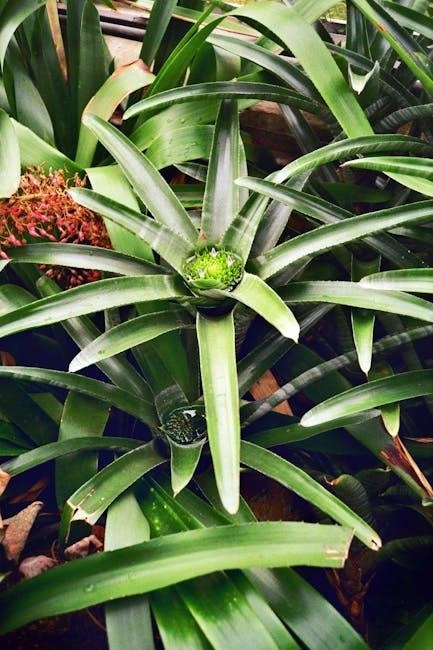
Propagation Methods
Propagation is a key aspect of plant care, allowing gardeners to share plants and preserve favorites through methods like division, layering, cuttings, and seeds․ It ensures plant diversity and sustainability for future generations․
Division

Division is a popular propagation method that involves separating a mature plant into smaller sections, each containing roots and growth nodes․ This technique is ideal for perennials and plants that form clusters or clumps․ By carefully digging up the entire plant and dividing it, gardeners can create new, healthy plants․ Division is best done during the plant’s dormant season to minimize stress․ It not only rejuvenates overgrown plants but also allows for sharing or relocating them․ Proper tools, like a garden fork or sharp knife, are essential for a successful division․ Ensuring each section has adequate roots and foliage guarantees the best chance of survival․ This method is a simple yet effective way to expand your garden or refresh existing plants․
Layering
Layering is a propagation technique that involves bending and securing a stem of a plant to the ground, allowing it to develop roots while still attached to the parent plant․ This method is particularly effective for plants with flexible stems, such as shrubs, vines, and certain perennials․ By pinning the stem to the soil and covering it with a layer of compost or mulch, roots begin to form at the buried section․ Once roots are established, the layered section can be cut from the parent plant and transplanted․ Layering is a low-risk method, as the parent plant continues to provide nutrients during the rooting process․ It is especially useful for plants that are difficult to propagate through other methods, ensuring healthy and vigorous new growth․ This technique is a great way to multiply favorite plants with minimal effort and high success rates․
Cuttings
Plant cuttings are a popular and effective method of propagation, involving the use of sections of stems, leaves, or roots to grow new plants․ Stem cuttings are the most common type, where a portion of the stem is removed, treated with rooting hormone, and planted in well-draining soil․ Leaf cuttings are used for plants like succulents, where a single leaf can develop into a whole new plant․ Root cuttings are less common but work well for certain species․ The key to success is ensuring the cutting is taken from healthy, disease-free material and providing the right conditions, such as adequate moisture and warmth․ Cuttings are a great way to replicate favorite plants, preserving their genetic traits and producing new growth quickly․ This method is versatile and works for a wide variety of plant species, making it a favorite among gardeners and horticulturists alike․
Seeds
Seeds are a fundamental method of plant propagation, offering a natural and cost-effective way to grow new plants․ They contain the genetic material necessary for the development of a new organism․ To sow seeds, prepare well-draining soil and plant them at a depth specified by the seed type․ Water gently but thoroughly, ensuring the soil remains moist during germination․ Light, temperature, and humidity are critical factors that influence germination rates․ Some seeds require stratification or scarification to break dormancy․ While seeds can be more unpredictable than cuttings, they offer the advantage of genetic diversity and the potential for new traits․ Starting plants from seeds can be rewarding, though it may require more patience and care․ With proper conditions and attention, seeds can grow into healthy, thriving plants, making them a popular choice for gardeners and growers alike․
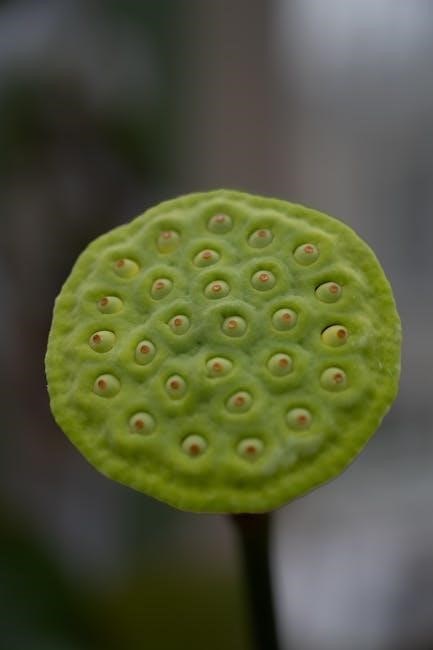
Benefits of Plants
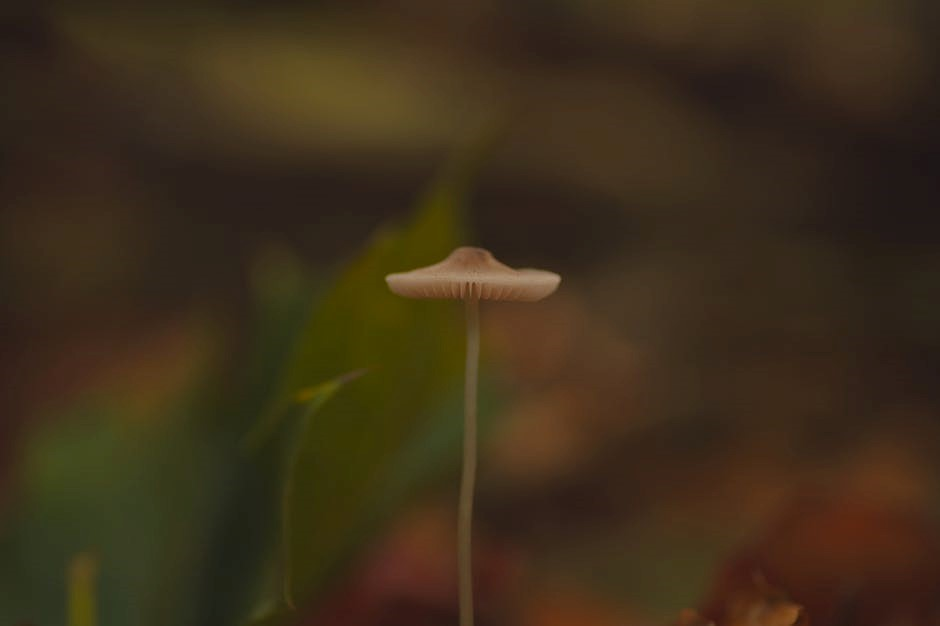
Plants enrich our lives by improving air quality, boosting mental well-being, and enhancing spaces․ They provide sustenance, shelter, and beauty, fostering a deeper connection with nature and promoting overall well-being․
Air Purification
Plants are natural air purifiers, improving indoor air quality by absorbing harmful pollutants like carbon dioxide, formaldehyde, and benzene․ Through photosynthesis, they convert CO2 into oxygen, creating cleaner breathing environments․ Studies show certain species, such as Spider Plants and Snake Plants, excel at removing toxins, making them ideal for homes and offices․ By incorporating these plants, you can reduce airborne contaminants, promote healthier living spaces, and enhance overall well-being․ Their ability to cleanse the air naturally makes them a vital addition to any indoor setting, contributing to a fresher, healthier atmosphere for everyone․
Mental Health
Plants play a significant role in enhancing mental well-being by reducing stress and anxiety․ Studies show that being around greenery lowers cortisol levels, promoting relaxation and calmness․ The act of caring for plants fosters a sense of purpose and accomplishment, boosting self-esteem․ Surrounding yourself with nature indoors can improve focus, reduce symptoms of depression, and create a peaceful environment․ Interacting with plants has even been linked to improved mood and emotional resilience․ Whether it’s tending to a garden or simply enjoying the presence of houseplants, the mental health benefits of plants are undeniable․ They offer a natural way to unwind and reconnect with nature, contributing to a healthier and happier lifestyle․
Aesthetic Value
Plants are a timeless and versatile element in interior and exterior design, adding beauty and character to any space․ Their vibrant colors, varied textures, and unique shapes create visual interest, transforming rooms into inviting environments․ Whether it’s a lush green houseplant or a blooming garden, plants bring life and energy to spaces․ They can complement architectural styles, from modern minimalism to cozy traditional settings․ Seasonal plants and flowers offer dynamic changes, keeping spaces fresh and engaging․ Additionally, plants can serve as natural dividers or focal points, enhancing the overall aesthetic of a room․ Their presence not only beautifies but also creates a harmonious connection between nature and living areas, making them an essential component of any design scheme․
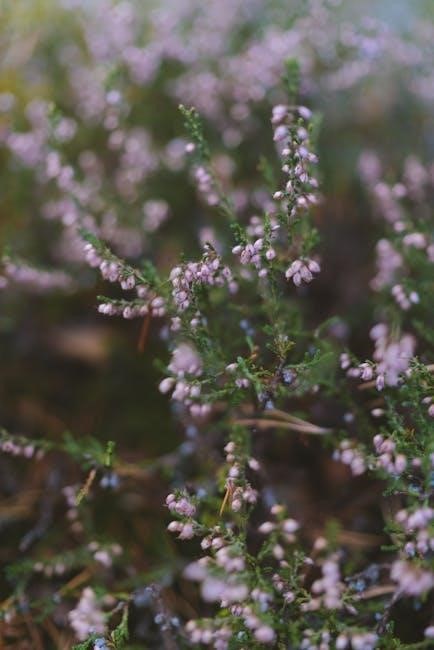

Gardening on a Budget
Gardening doesn’t have to be expensive․ With smart planning, DIY projects, and affordable plant choices, anyone can create a beautiful garden without breaking the bank․
Starting Small
Starting small is a great way to begin your gardening journey, especially if you’re new to plants or working with limited space․ It allows you to focus on a few plants and gradually expand as you gain confidence and experience․ Begin with a small herb garden, a few houseplants, or a tiny vegetable patch․ This approach reduces overwhelm and helps you learn the basics without significant investment․ Choose low-maintenance plants like succulents or herbs to ensure early success․ Use containers or a corner of your yard to keep things manageable․ Starting small also helps you understand your local climate, soil, and light conditions, making future gardening endeavors more successful․ It’s a practical and rewarding way to build your gardening skills over time․
DIY Gardening Projects
DIY gardening projects are a fun and creative way to enhance your garden without breaking the bank․ Start by upcycling old containers into planters or building a trellis using reclaimed wood․ Create a compost bin from a plastic barrel or wire mesh to recycle kitchen scraps․ You can also make garden markers using stones or recycled materials․ For a decorative touch, craft a mosaic pathway or a sundial using simple materials․ DIY projects not only save money but also add a personal touch to your garden․ They’re perfect for gardeners of all skill levels and can be adapted to fit any space or style․ With a little creativity, you can transform your garden into a unique and functional oasis․ These projects are a great way to get hands-on and enjoy the fruits of your labor․
Affordable Plant Options
Affordable plant options are perfect for gardeners on a budget․ Start with low-cost houseplants like succulents or herbs, which are both stylish and functional․ Annuals and perennials are budget-friendly choices for outdoor gardens․ Consider buying seeds or small seedlings, as they are more affordable than mature plants․ Propagate plants from cuttings or divisions to expand your collection without spending․ Explore local nurseries or online marketplaces for discounted plants․ Many plants, like wildflowers or ground cover, are inexpensive yet add beauty to your space․ Affordable options also include plants that grow quickly, providing immediate results․ With a little creativity, you can create a stunning garden without overspending․ These budget-friendly choices make gardening accessible to everyone, ensuring beauty and functionality for any space․
In conclusion, the Great Plant Guide has provided a comprehensive overview of the world of plants, from their types and care to propagation and benefits․ Whether you’re a seasoned gardener or a beginner, this guide has equipped you with the knowledge to nurture and appreciate plants․ By understanding soil, watering, and light requirements, you can create thriving environments for your plants․ Exploring affordable options and DIY projects makes gardening accessible to everyone․ Remember, plants not only beautify spaces but also improve air quality and mental well-being․ Embrace the joy of gardening, experiment with new techniques, and enjoy the rewards of growing your own plants․ Let this guide inspire you to cultivate a greener, healthier, and more beautiful world, one plant at a time․
